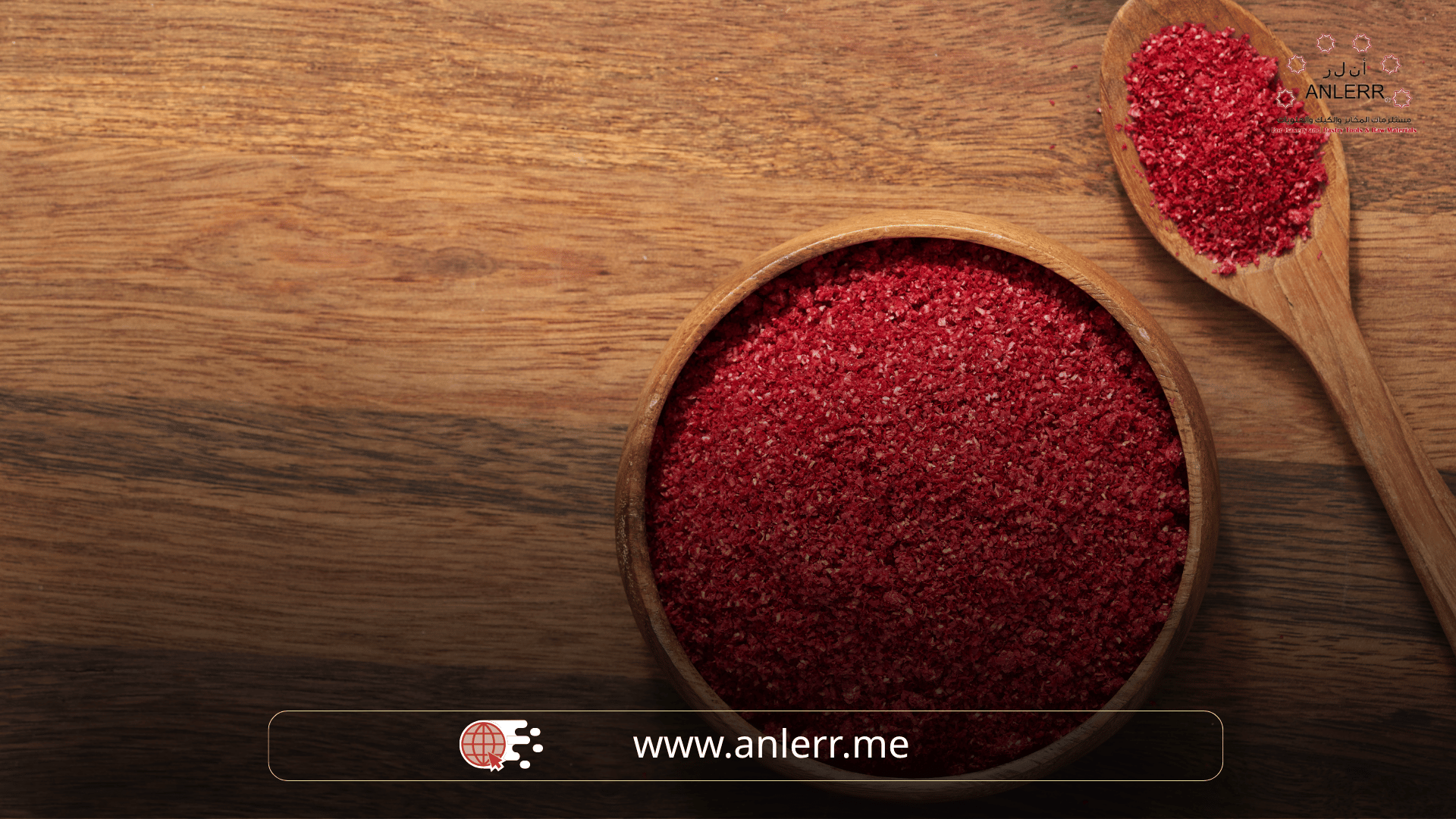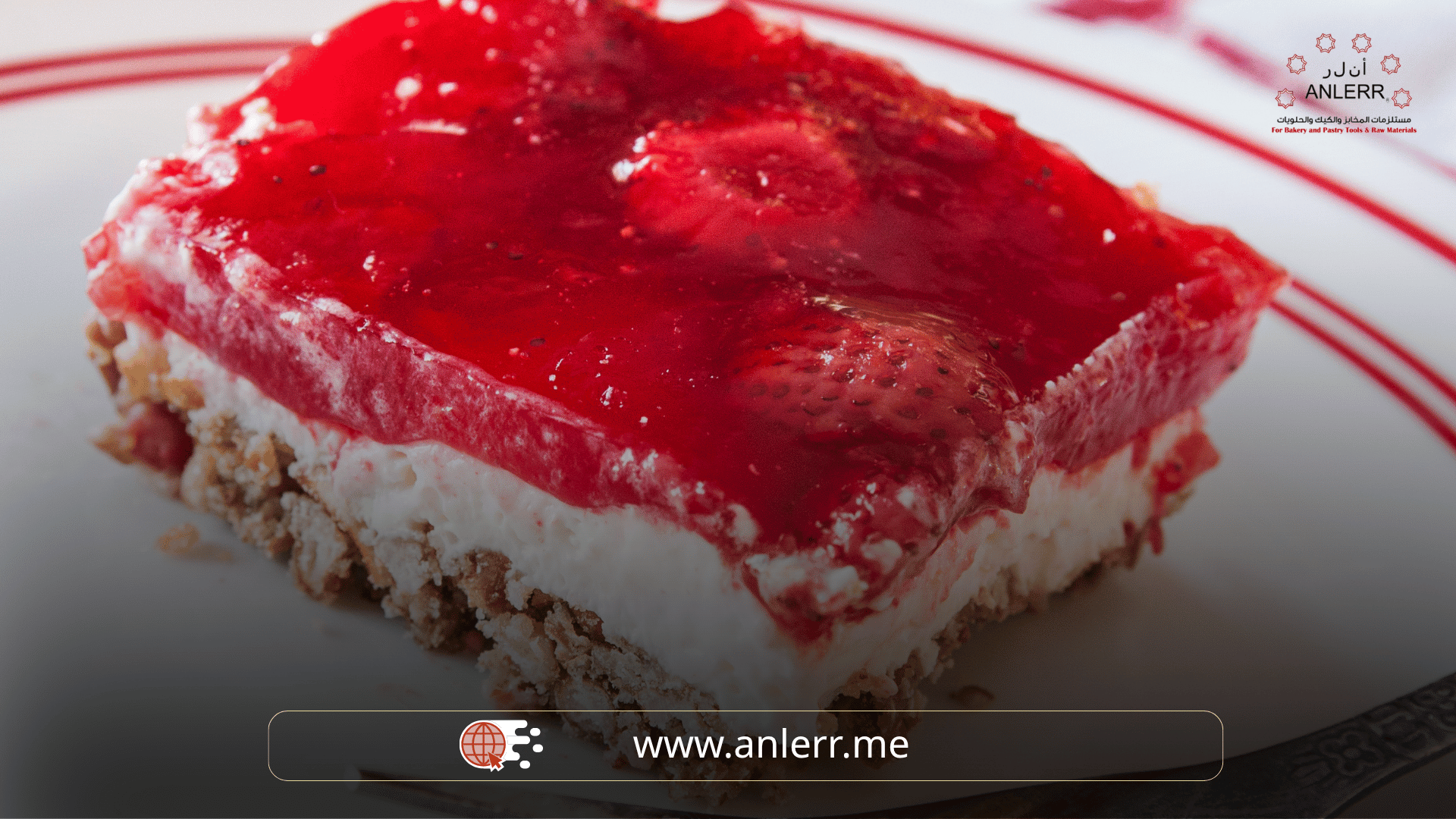Gelatin in Desserts: Uses and Its Importance in Modern Pastry Making
In the world of cooking and desserts, some ingredients are indispensable despite their simplicity, and gelatin is one of the most notable among them. Used in dessert making for centuries, gelatin has become an essential part of many modern and classic recipes. Its importance lies in its ability to turn liquids into gels, giving desserts a distinct texture and an attractive appearance.
What is Gelatin?
Gelatin is a natural protein extracted from animal tissues, such as skin and bones. It is typically derived from cows or pigs, but there are plant-based alternatives known as agar-agar and pectin for those following vegetarian diets or for religious reasons. Gelatin is colorless and odorless, making it ideal for use in a wide range of desserts without altering their taste.
Uses of Gelatin in Desserts
Gelatin has a wide variety of uses in desserts and can be considered the “secret ingredient” behind the texture of many recipes. Key uses include:
- Making Jelly:
- Jelly relies heavily on gelatin for its structure, giving it that signature melt-in-the-mouth texture.
- Mousse:
- Mousse is a light and airy dessert that uses gelatin to maintain its structure without losing its delicate softness.
- No-Bake Cheesecake:
- Gelatin helps set the creamy layers in no-bake cheesecake, especially in warm temperatures, ensuring the mixture holds together.
- Marshmallows:
- Marshmallows are unimaginable without gelatin, which gives them their soft, spongy texture.
- Modern Middle Eastern Desserts:
- Gelatin is increasingly used in updated versions of traditional Arabic desserts like muhallabia and custards to improve texture and firmness.
Statistics on Gelatin Usage in the Dessert Industry
According to a 2023 report by Market Research Future, the global gelatin market was valued at approximately $4.3 billion and is expected to grow by 6.9% annually until 2030. Over 40% of gelatin usage is dedicated to the food industry, particularly desserts.
Statistics also show that over 70% of confectionery manufacturers in Europe and America incorporate gelatin into their products to ensure consistency and flexibility, especially in gummy candies.
Benefits of Using Gelatin in Desserts
- Improved Texture:
- Gelatin gives desserts a firm yet smooth texture, perfect for recipes needing a balance between structure and softness, like mousse and cheesecakes.
- Versatility:
- It can be used in hot or cold recipes, making it suitable for a wide range of desserts, whether baked or chilled.
- Easy to Dissolve:
- Gelatin dissolves quickly when heated and sets again when cooled, making it user-friendly without requiring complex tools.
- Flavor Preservation:
- Since it is tasteless and odorless, gelatin preserves the original flavors of recipes, making it safe for delicate flavor profiles.
Alternatives to Gelatin
Despite its benefits, some may seek plant-based or health-conscious alternatives, such as:
- Agar-Agar: Extracted from seaweed, used similarly to gelatin.
- Pectin: Found in citrus fruits, ideal for jams and plant-based jellies.
- Carrageenan: A plant-based substance derived from red seaweed.
Tips for Using Gelatin
✅ Bloom First:
Always soak gelatin in cold water before dissolving to prevent clumping. This step, known as “blooming,” allows gelatin granules to absorb water and swell, aiding even dissolution.
✅ Avoid Boiling:
Boiling gelatin destroys its gelling properties. It should be dissolved gently over low heat or in a warm water bath.
✅ Use the Right Amount:
Using too much gelatin can result in an undesirable rubbery texture. Always follow recipe measurements for the best outcome.
✅ Dissolve Gradually:
After blooming, add gelatin gradually into warm liquids while stirring continuously to prevent clumps.
✅ Allow Proper Chilling:
After adding gelatin, desserts should be refrigerated for several hours to set properly. Rapid or insufficient chilling can affect firmness and presentation.
Frequently Asked Questions
1️⃣ Can plant-based gelatin substitutes be used in all recipes?
Not always. Plant-based gelatin substitutes have different properties and may not achieve the same results in recipes like marshmallows or mousse.
2️⃣ How long does gelatin take to set desserts?
Typically, gelatin needs 4–6 hours in the refrigerator to achieve the ideal consistency, depending on the dessert type and temperature.
3️⃣ Does gelatin affect the taste of desserts?
No, gelatin is tasteless and odorless, enhancing the dessert experience by improving texture without altering flavor.
4️⃣ Is gelatin safe for everyone?
Gelatin is safe for most people, but it is important to check its source for individuals with dietary restrictions (such as vegetarians or for religious reasons).
5️⃣ How should gelatin be stored?
Gelatin should be stored in a cool, dry place in an airtight container, away from moisture.
Conclusion
Gelatin is not just an additional ingredient in desserts; it is a core element that adds a professional touch to any recipe. Understanding its properties and the correct way to use it will help you maximize its benefits. With the continuous expansion of the food industry, gelatin will remain a cornerstone in the world of desserts for years to come.
Using gelatin with awareness and precision can significantly transform an ordinary recipe into an impressive creation. As demand for refined, creative desserts continues to grow, the importance of gelatin as an essential ingredient for every professional or home baker becomes even clearer.

